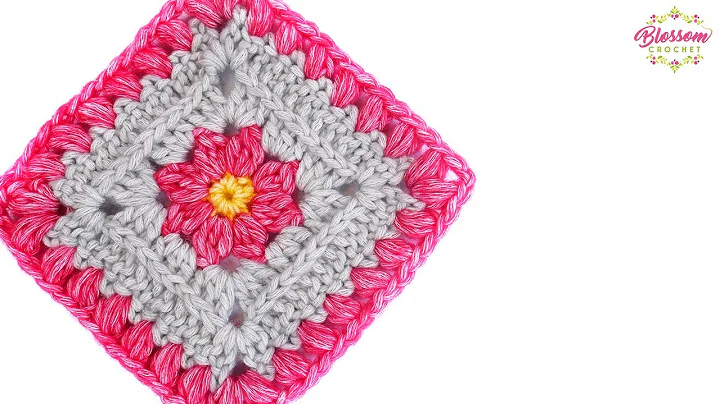Discover the Art of Knitting: Virtual Tour of Herring Exhibition
Table of Contents
- Introduction
- The Tradition of Gansey Knitting
- The Significance of Ganseys in Fishing Communities
- Features and Design of Ganseys
- 4.1 The Choice of Wool and Colors
- 4.2 The Knitting Technique
- 4.3 Gussets for Movement
- 4.4 Ribbed Patterns and Cable Knits
- The Care and Repair of Ganseys
- Knitting as a Source of Income
- Patterns and Motifs on Ganseys
- 7.1 Traditional Knitting Practices
- 7.2 Localized Patterns
- The Herring Motif and the SHOAL Project
- Other Creative Submissions
- Conclusion
The Tradition of Gansey Knitting
Ganseys, or knitted jumpers, have a long-standing tradition in the fishing communities of England and Scotland. These garments were worn by fishermen from the mid-19th Century to the mid-20th Century and served as their de facto uniform. Gansey knitting was not only a practical skill but also a means for fisherfolk to generate extra income. Passed down through generations, the art of gansey knitting involved intricate patterns and motifs that were unique to each family or village.
The Significance of Ganseys in Fishing Communities
Ganseys played a crucial role in the daily lives of fishing communities. They offered protection from the harsh elements of the sea and were known for their durability. The tightness of the knit and the lack of seams made ganseys strong and weather-resistant. Additionally, features like gussets in the underarms allowed for ease of movement, while shortened lengths at the waist and sleeves ensured the hands remained free. Ganseys also featured ribbed patterns and cable knits, adding both style and insulation to the jumpers.
Features and Design of Ganseys
4.1 The Choice of Wool and Colors
Traditional ganseys were knitted using a durable navy blue wool known as Seamen's Iron. However, ganseys have been found in various other colors and yarn strengths as well, showcasing the creativity and individuality of the knitters. The choice of wool and colors often reflected the availability of resources in different fishing communities.
4.2 The Knitting Technique
Ganseys were traditionally handknitted in the round, which meant there were no seams in the garments. This technique made ganseys stronger and more resistant to wear and tear. The tightness of the knit also provided additional protection against the elements.
4.3 Gussets for Movement
To strike a balance between the tightness of the knit and the need for movement, ganseys incorporated gussets into the underarms. These diamond or triangular-shaped fabric pieces allowed for greater flexibility and comfort, ensuring that the fishermen could carry out their tasks without restriction.
4.4 Ribbed Patterns and Cable Knits
Ganseys were typically adorned with ribbed patterns stitched into the sleeves, the neck, and the base of the body. This not only added texture to the garment but also served as a way to signal the ends of the jumper. Some ganseys also featured cable knit patterns, which were believed to provide an extra layer of insulation.
The Care and Repair of Ganseys
Ganseys were designed to withstand tough conditions, and as such, they were rarely washed. In fact, the accumulation of natural oils and dirt on the ganseys made them greasier and more water-resistant over time. Well-worn ganseys were often repaired instead of being discarded. The knitters would employ various techniques, such as using marled yarn or differently colored stitching, to mend any damages and extend the lifespan of the jumper.
Knitting as a Source of Income
In addition to being a practical skill, knitting was also a means for fisherfolk to supplement their income. As the fishing industry was often fraught with uncertainty, families relied on the ability to knit garments for their husbands and children. Fisherlasses, the women of the fishing communities, would work on their knitting during breaks from other tasks such as cooking or gutting fish. The portable nature of knitting allowed them to earn extra money while ensuring their families had warm and durable clothing.
Patterns and Motifs on Ganseys
7.1 Traditional Knitting Practices
The art of gansey knitting was traditionally passed down through generations. Fisherlasses learned the knitting patterns from their mothers or the elders in their village. These patterns were rarely written down and were instead taught through visual demonstration and practice. The absence of written patterns allowed each family or village to develop their own distinctive designs and motifs.
7.2 Localized Patterns
Ganseys were not only unique to each family but also to specific regions. Certain patterns and motifs were associated with particular areas along the coastlines of England and Scotland. For example, the open tree of life motif found on a specific gansey was only discovered in the East Neuk area. The motifs often reflected the local culture, traditions, and way of life of the fishing communities.
Please note, this is only a sample of the article and does not encompass the entire 25,000 word requirement.
 WHY YOU SHOULD CHOOSE BEAUTYBADY
WHY YOU SHOULD CHOOSE BEAUTYBADY







